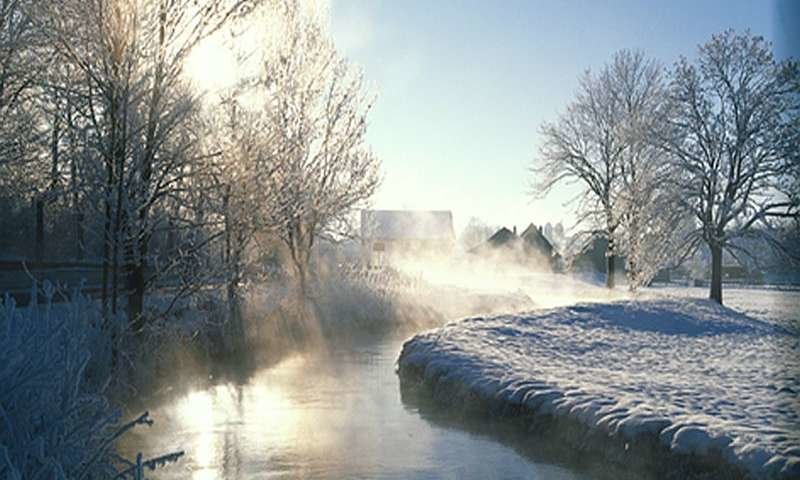Keeping fingers and toes warm and dry when you work or play outside is a must in icy weather, the American Academy of Orthopaedic Surgeons (AAOS) says.
Frostbite occurs when your tissue freezes and ice crystals form inside cells. As these ice crystals thaw, more damage can occur. Older people and young children are especially vulnerable.
Also at high risk: people with diabetes or other medical conditions that affect circulation and those who take certain medicines, such as beta-blockers, which reduce blood flow to the skin. People who have been previously frostbitten are also more susceptible.
But anyone who doesn't dress warmly enough, stays outside in the cold too long, or gets wet can develop frostbite.
Frostbite occurs as the body shifts blood from the extremities to vital organs at the center of the body to maintain its core temperature. Once blood moves away from the fingers, toes and the nose, these parts may lose feeling and color. In some cases, frostbite damage is irreversible, the AAOS notes.
Symptoms of frostbite include numbness or loss of feeling. Skin may appear solid, hard and frozen and is waxy, white or grayish in color. If you see these warning signs, seek immediate medical attention.
Frostbite can lead to cell death, which could result in the amputation of affected limbs. People with frostbite can also develop hypothermia, which is when body temperature drops to dangerous lows.
If medical care isn't available immediately, the AAOS recommends calling for assistance as soon as possible, and:
- Moving the person indoors into a warm room. Do not attempt to warm the injured area unless exposure to the cold has ended.
- Serving the person a warm drink while waiting for help to arrive.
- Removing wet or restrictive clothing and resting the injured areas.
- Submerging the affected area in warm water for at least 30 minutes, or until it feels warm and is no longer numb. (This may be painful, and the affected area may swell or change color, the AAOS says.)
- Never using a heating pad, fire, blow dryer or radiator to try to warm affected skin.
- Avoiding breaking or peeling any blisters. Cover them loosely with a sterile cloth.
- Never rub or massage the frostbitten area with anything.
Comment: Ice crystals can form in the frozen tissues and any kind of movement such as rubbing or other physical actions can cause these ice crystals to further damage the tissue. - Avoiding walking on frostbitten feet.
- Dress in light layers that will keep you warm and dry. Make sure your outer layer is made of water-repellent fabric.
- Wear gloves, hats and warm socks.
- Avoid alcohol and cigarettes before going outdoors in cold weather.
- Do not stay outside in the cold if you are wet. Remove wet clothing as quickly as possible.
- Regularly monitor your hands, feet and other extremities for signs of frostbite. If numbness develops, get inside and warm up as soon as possible.




Comment: See also: